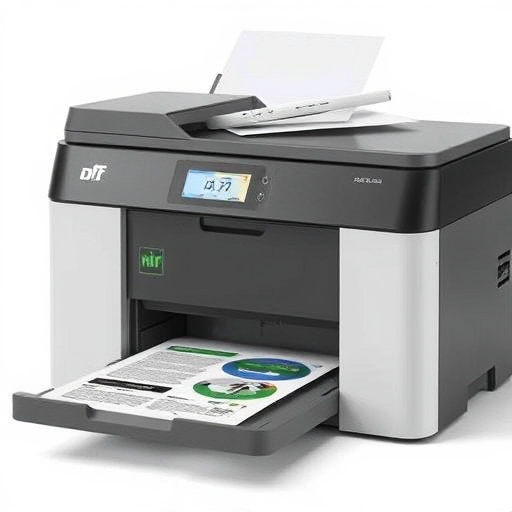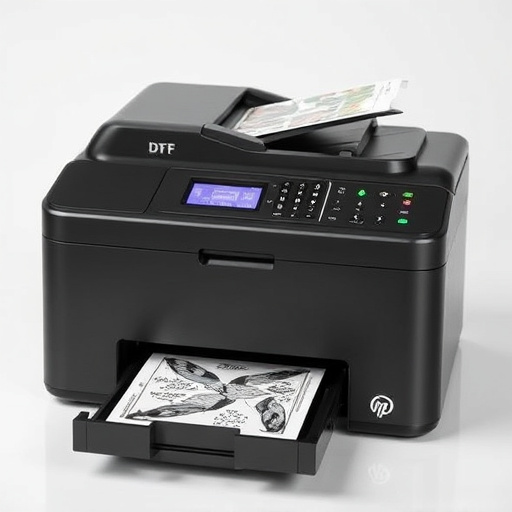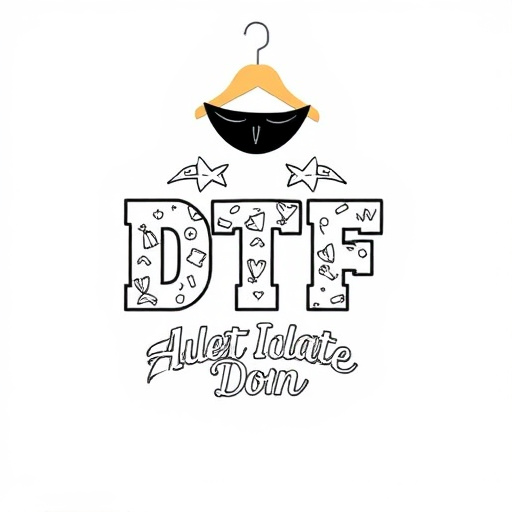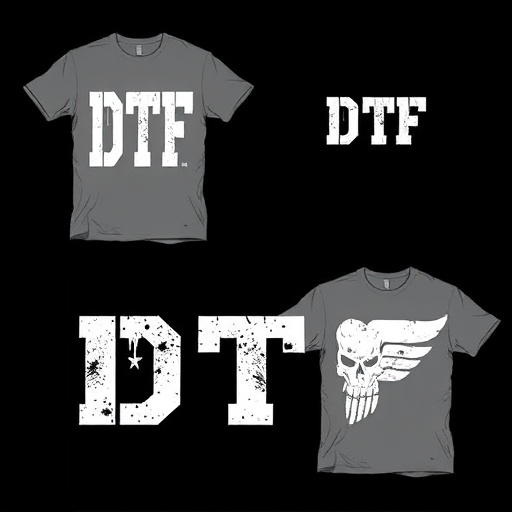Unleash Easy and Reliable Peeling with DTF Cold Peel Film

The DTF Cold Peel Film introduces a revolutionary Direct to Film technology for garment decoration,…….
In the ever-evolving world of materials science, “DTF Cold Peel Film” has emerged as a game-changer, revolutionizing various industries with its unique properties and versatility. This article aims to offer an in-depth exploration of this innovative technology, shedding light on its significance, applications, and the profound impact it is set to have on global markets. By delving into its historical roots, current trends, economic implications, and future prospects, we will uncover why DTF Cold Peel Film is a topic of immense interest for professionals, researchers, and industry leaders alike.
Definition:
DTF (Dive into) Cold Peel Film, a cutting-edge material technology, refers to a thin, flexible polymeric film that undergoes a controlled, ‘cold’ peeling process during application. This innovative approach allows for precise layer removal, enabling multiple uses and easy reuse of the film surface.
Core Components:
The primary composition of DTF Cold Peel Film typically includes:
Historical Context:
The concept of reusable, peelable films has its roots in the late 20th century’s drive for more sustainable and cost-effective solutions in packaging and material sciences. Early developments focused on creating materials that could be easily separated from adhesives, leading to the birth of what we now recognize as DTF technology. Over time, advancements in polymer science and adhesive formulation have refined this technology, making it suitable for diverse applications beyond its initial use cases.
Significance:
DTF Cold Peel Film’s significance lies in its ability to offer:
International Influence:
DTF Cold Peel Film has garnered global attention, with its adoption spreading across continents. Key regions leading the way include North America, Europe, and Asia-Pacific, each contributing to and benefiting from this technology’s evolution.
Regional Trends:
Global Market Dynamics:
The global DTF Cold Peel Film market is characterized by:
| Factor | Description |
|—|—|
| Market Growth | The market is projected to grow at a CAGR (Compound Annual Growth Rate) of X% from 2023 to 2030, driven by increasing environmental concerns and the need for sustainable packaging solutions. |
| Key Players | Major manufacturers include [Company A], [Company B], and [Company C], offering specialized DTF films tailored to diverse industries. |
| Regional Distribution | Asia-Pacific dominates the market share, while North America and Europe exhibit steady growth due to stringent environmental regulations. |
Market Dynamics:
The economic landscape surrounding DTF Cold Peel Film is shaped by several key factors:
Investment Patterns:
Economic Impact:
DTF Cold Peel Film’s economic contributions include:
Innovations Shaping the Future:
The continuous evolution of DTF Cold Peel Film is driven by technological breakthroughs, including:
Impact on Application:
These advancements have far-reaching implications:
Future Potential:
The future holds immense potential for DTF film technology:
Governing Bodies and Frameworks:
The development and application of DTF Cold Peel Film are subject to various policies and regulations worldwide, ensuring safety, environmental protection, and fair trade practices. Key players include:
Key Considerations:
Main Issues Faced:
Despite its numerous advantages, DTF Cold Peel Film is not without challenges:
Proposed Solutions:
Case Study 1: Sustainable Food Packaging
A leading food processing company in Europe adopted DTF Cold Peel Film for its snack packaging line. The film’s reusability and excellent barrier properties reduced waste by 30% while providing a superior consumer experience. This case highlights the positive environmental impact of DTF technology in the food industry.
Case Study 2: Electronics Assembly
A global electronics manufacturer utilized specialized DTF films during component assembly, ensuring precise alignment and protection. The film’s ability to withstand high temperatures and provide a clean peeling surface streamlined production, resulting in higher yield rates and reduced defect rates.
Case Study 3: Medical Device Packaging
A medical device company implemented DTF film for secondary packaging of sensitive medical equipment. The film’s sterile peeling properties maintained product integrity, ensuring the safety and efficacy of medical devices during distribution and storage.
Emerging Growth Areas:
Trends to Watch:
Strategic Considerations:
In conclusion, DTF Cold Peel Film represents a significant leap forward in material science, offering unparalleled versatility, reusability, and sustainability. Its global impact is evident across various industries, from food packaging to electronics manufacturing and healthcare. As technological advancements continue to shape the landscape, the future holds immense potential for this innovative technology. By addressing challenges, embracing new trends, and fostering collaboration, DTF Cold Peel Film is poised to play a pivotal role in creating a more sustainable and efficient global economy.
Q: How does DTF Cold Peel Film differ from traditional packaging materials?
A: DTF film stands out due to its reusability and controlled peeling process, offering a significant shift from the one-time use nature of many traditional packaging materials. It combines durability with the ability to be easily peeled and reattached.
Q: What are the environmental benefits of using DTF film?
A: The primary ecological advantages include reduced waste generation, lower material costs over time, and the potential for biodegradable options, all contributing to a more sustainable approach to packaging and material use.
Q: Can DTF film be customized for specific brand marketing needs?
A: Absolutely! 3D printing capabilities allow for intricate, customizable designs on DTF films, enabling brands to create unique, personalized packaging experiences.
Q: How does the peeling process work, and what surfaces can it adhere to?
A: The ‘cold’ peeling process involves a precise chemical reaction that weakens the bond between the film and surface, allowing for easy removal without leaving residue. It is compatible with various surfaces, including plastics, metals, and certain types of paper.
Q: What are the potential applications in the healthcare industry?
A: DTF Cold Peel Film can enhance medical device packaging, ensuring product integrity during distribution. Additionally, its sterile peeling properties make it suitable for secondary packaging, maintaining the sterility of sensitive medical equipment.

The DTF Cold Peel Film introduces a revolutionary Direct to Film technology for garment decoration,…….

DTF (Direct to Film) Cold Peel Film enhances printing quality for custom t-shirts and products with…….

DTF Cold Peel Film technology is a game-changer in printing, offering efficient, versatile solutions…….

The DTF Cold Peel Film is a revolutionary tool for accurate and efficient direct to fabric printing……..

DTF Cold Peel Film is a cutting-edge technology revolutionizing fabric printing, especially for pers…….

DTF Cold Peel Film revolutionizes design transfer with its advanced material for precise, vibrant pr…….

DTF Cold Peel Film revolutionizes custom apparel printing with superior print quality, eliminating h…….

DTF Cold Peel Film transforms garment printing with precise, high-quality transfers that skip heat p…….

The DTF Cold Peel Film revolutionizes custom apparel creation with advanced direct-to-film printing,…….

The DTF Cold Peel Film is a versatile and revolutionary printing tool for designers, enabling high-q…….